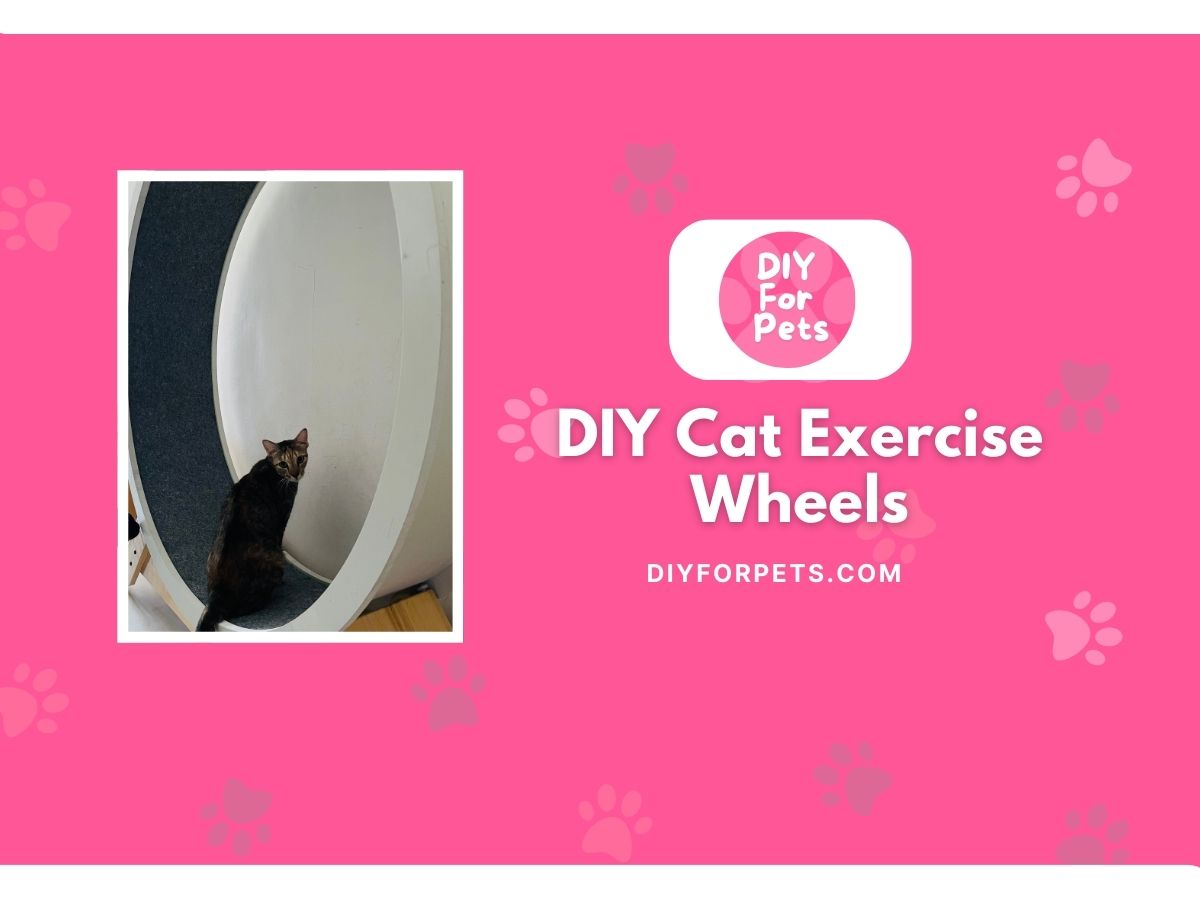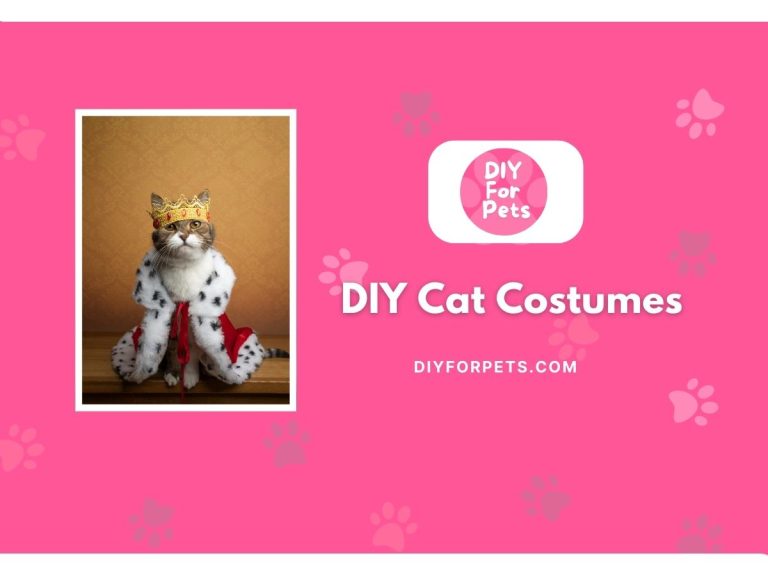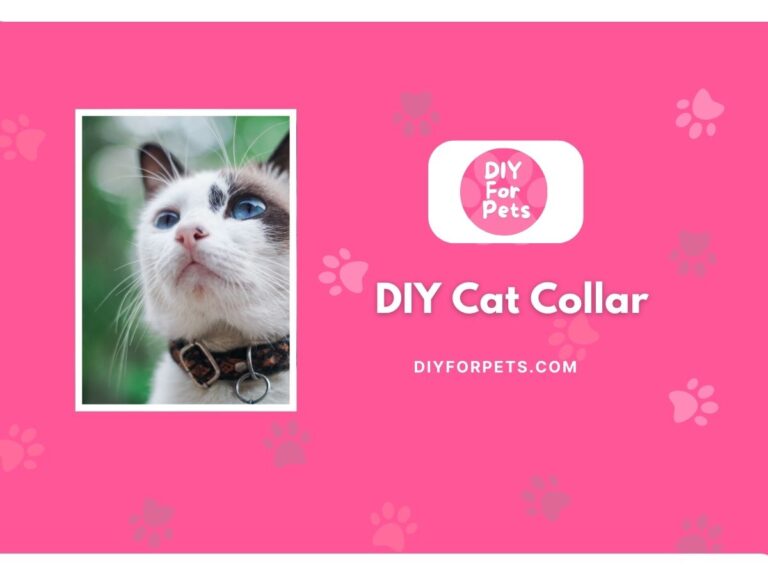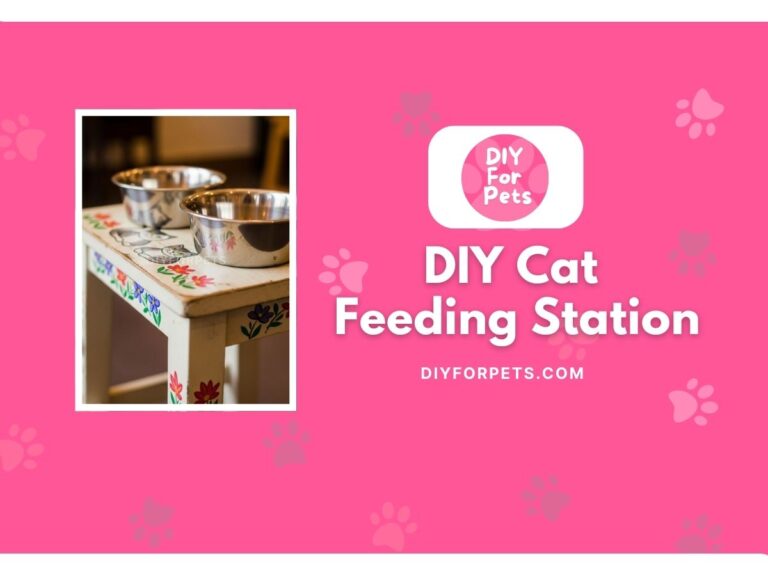8 DIY Cat Exercise Wheels For Agility & Stimulation
If you’re like me, you probably know the joy of watching your cats zoom around the house at full speed. While their bursts of energy are entertaining, I’ve found that providing them with more structured play options, like an exercise wheel, can be a great way to keep them active and engaged. The idea of building a DIY cat exercise wheel seemed both exciting and practical—especially as a budget-friendly project that’s perfect for my pets’ curiosity and health.
Do Cats Need Exercise Wheels?
While it might seem that only small animals like hamsters need exercise wheels, active cats can benefit from one, too! Indoor cats, in particular, often don’t get the same level of physical activity as outdoor cats, which can sometimes lead to boredom or even health issues. Exercise wheels are a fantastic solution—they provide a safe and controlled way for cats to burn off energy. Whether it’s for maintaining a healthy weight or just giving your cat an outlet for that boundless energy, an exercise wheel can be a fun addition to any pet lover’s home.
DIY Cat Exercise Wheel: Step by Step
Building a DIY exercise wheel may sound challenging, but it’s surprisingly achievable with some basic materials and patience. Here’s a step-by-step guide to creating a simple cat wheel that you can customize for size and durability.
Materials Needed
- Plywood or MDF board: $15–$20
- Heavy-duty bearings or casters: $10–$15
- Soft, non-slip material for surface (like carpet or yoga mat): $5–$10
- Screws, screwdriver, and saw: Already have
- Drill and measuring tape: Already have
Total cost: Around $30–$45, depending on the materials.
Phase 1: Creating the Wheel Structure
Using plywood or MDF board, cut two large circles for the wheel. Each circle should be around 36–40 inches in diameter for average-sized cats. Cut the circles as evenly as possible so they align smoothly.
Phase 2: Adding the Track Surface
Cover the inner rim of each circle with non-slip material to give your cat’s paws traction. Carpet remnants or a yoga mat can work well for this. Secure it with glue or small nails.
Phase 3: Assembling and Installing Bearings
Attach the bearings or casters to the base where the wheel will sit, allowing it to rotate smoothly. Once the bearings are secured, fit the wheel onto the base, ensuring it spins freely.
7 Easy DIY Cat Exercise Wheel Ideas
Here are seven unique DIY cat exercise wheel ideas that you can try. Each of these projects is budget-friendly, relatively simple, and designed to keep your cat moving.
1. Basic Plywood Wheel with Carpet Lining
This is a straightforward design using plywood for the main wheel structure and carpet for traction. Start by cutting two large circles, about 36 inches in diameter, then attach them together with support beams along the rim. Cover the inside track with a strip of carpet, which will help your cat keep their grip. Place it on a sturdy base with heavy-duty casters for rotation.
This option costs around $35 and is durable, offering excellent traction for extended play sessions. The carpet lining can easily be replaced if it wears down, making it a cost-effective and practical choice.
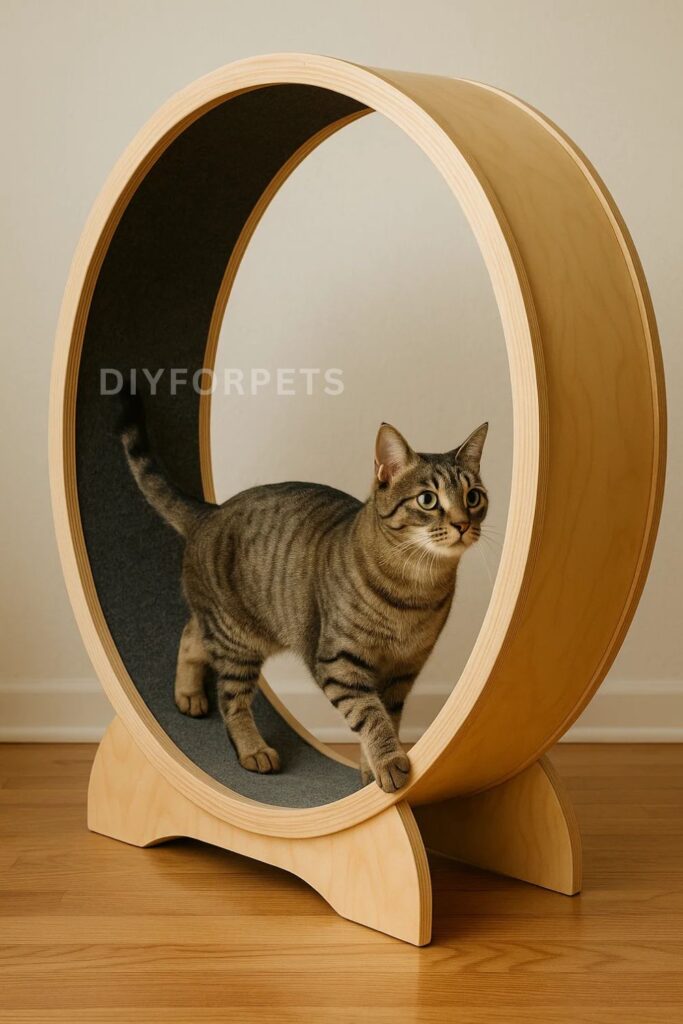
2. PVC Pipe Frame with Mesh Track
Use PVC pipes to create a lightweight, supportive frame for your cat exercise wheel. Shape the pipes into a large ring and cover it with sturdy mesh or a yoga mat. Attach the wheel to a wooden or metal base, securing it with casters that allow the wheel to spin. This is a low-cost, lightweight design that’s easy to assemble.
With an average cost of about $25, this design is ideal if you’re looking for something light and portable. The PVC structure keeps it budget-friendly, while the mesh surface provides plenty of grip for your cat’s paws.
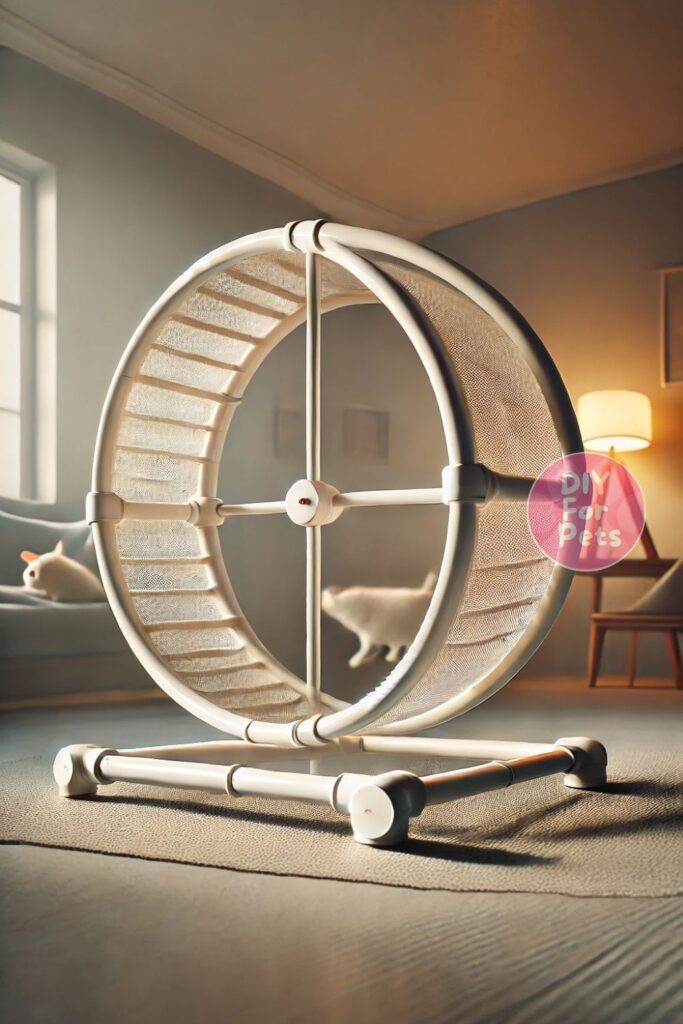
3. Upcycled Bicycle Wheel
If you have an old bike wheel, you can repurpose it into an exercise wheel. Remove the spokes from the wheel and wrap a non-slip material around the rim. Then, mount the wheel vertically on a base, adding casters for rotation. It’s an eco-friendly option that reuses existing materials.
This option costs around $15, depending on the materials you have on hand, and it’s a creative way to repurpose something that might otherwise go unused. The bike wheel is sturdy, providing a stable base that cats can easily run on.
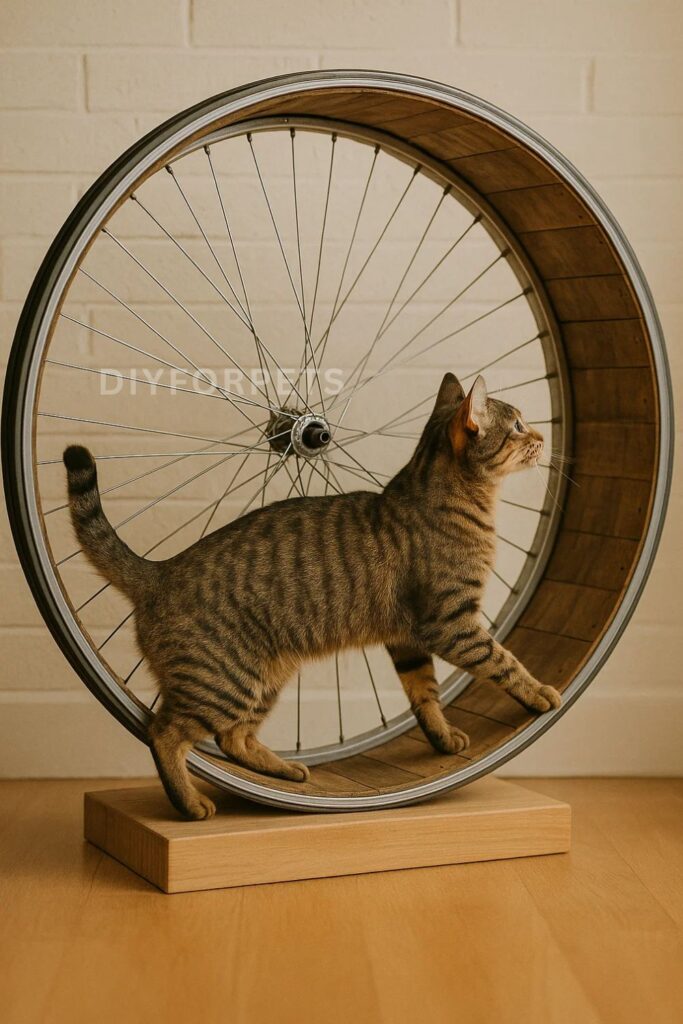
4. Yoga Mat Lined Wheel with Wooden Frame
For a quieter exercise wheel, use yoga mats for the track. Build a wooden frame to hold the wheel, and then cover the inside track with yoga mat pieces to create a soft, sound-dampening surface. Attach the wheel to a sturdy base with casters to ensure it spins smoothly.
This project costs around $30 and offers a comfortable, quiet running experience, making it great for skittish cats who are sensitive to noise. The yoga mat surface is easy on their paws and provides excellent grip.
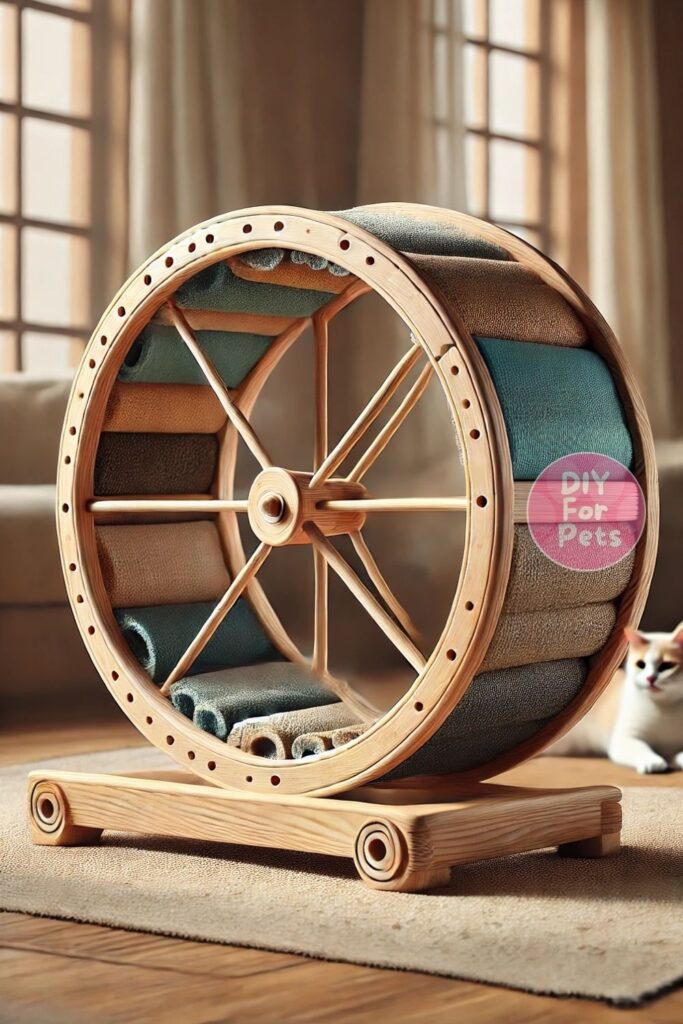
5. Metal Hula Hoop Exercise Wheel
Using a large hula hoop as the frame, this DIY project is lightweight and simple to make. Cover the hula hoop’s interior with non-slip tape or fabric. Secure it to a stable wooden or metal base with caster wheels. It’s perfect for those who want a quick, easy solution.
This design costs around $20 and is very simple to assemble. The hula hoop’s round shape naturally forms a good running surface, and it’s easy to disassemble if needed.

6. Custom Wooden Slat Wheel
Create a wheel out of wooden slats that are curved to form a circular shape. Use soft wood that’s easy to cut and assemble, then line the inside with a non-slip surface. Attach it to a wooden base with casters, making sure the slats are smooth and comfortable for your cat’s paws.
This option costs around $45 and requires more woodworking skills, but it’s a beautiful and sturdy option that can easily become a permanent fixture in your home.
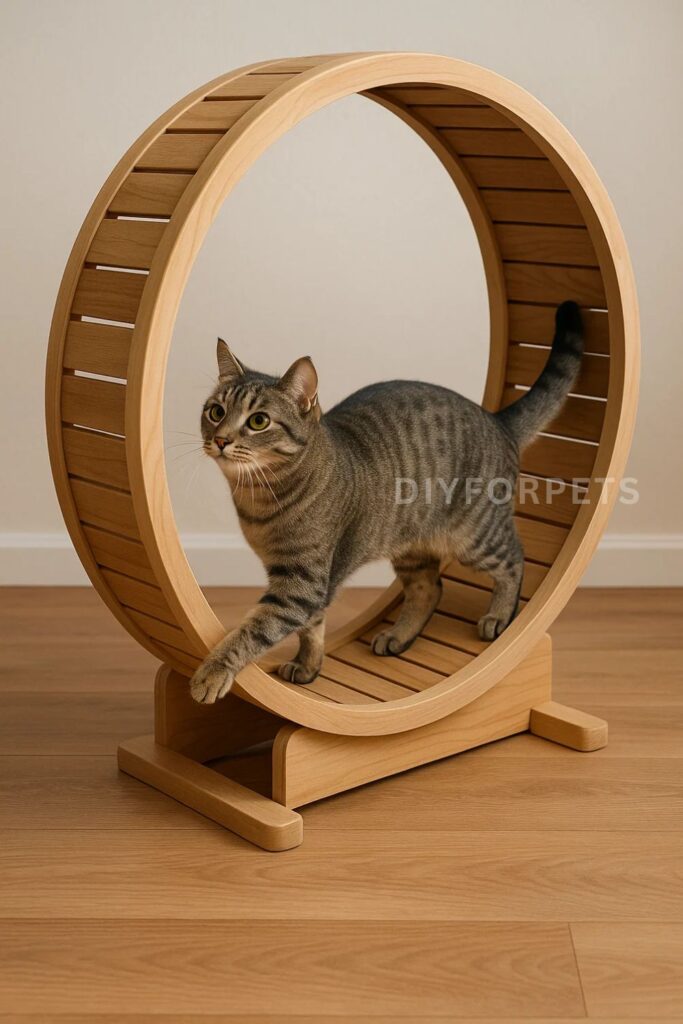
7. Old Treadmill Belt Repurpose
If you have an old treadmill, you can repurpose the treadmill belt into a cat exercise wheel. Simply remove the belt and create a circular frame from plywood or MDF. Place the treadmill belt around the frame and secure it with glue or nails. The belt provides a durable, non-slip surface for running.
This project costs about $30 if you already have an old treadmill belt, making it a clever way to reuse materials. The belt is built to handle movement, so it’s ideal for cats who love a fast-paced run.
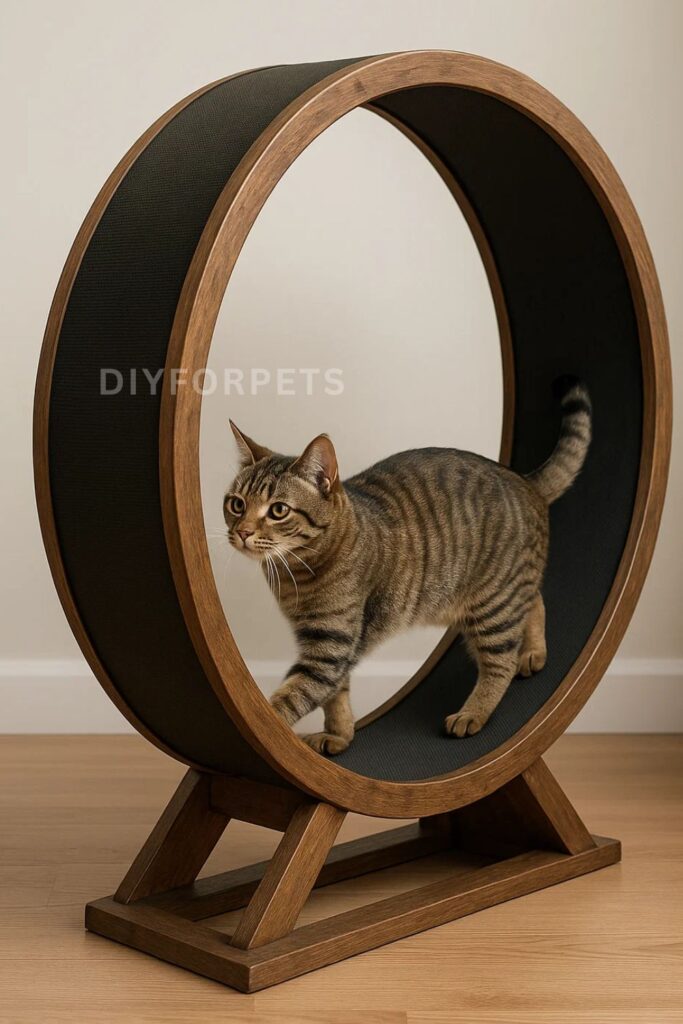
Dos & Don’ts in Cat Exercise Wheels
- Do: Use non-slip materials on the track to give your cat the best grip.
- Do: Ensure the wheel is large enough to support your cat’s full stride without strain.
- Don’t: Make the wheel too heavy, as it may make spinning difficult.
- Do: Test the wheel for stability before allowing your cat to use it.
- Don’t: Leave your cat unsupervised on a new wheel, especially until they’re comfortable.
FAQs About DIY Cat Exercise Wheels
1. How big should a cat exercise wheel be?
Ideally, it should be around 36–40 inches in diameter to allow for comfortable movement. Cats need enough space to stretch and run naturally.
2. Can I use any materials for the wheel surface?
Non-slip, soft materials like carpet, yoga mats, or treadmills belts work well. Avoid hard, slippery surfaces as they may cause injury.
3. How can I get my cat to use the exercise wheel?
Start by encouraging them with treats or toys on the wheel. Cats may be hesitant at first, but positive reinforcement can make a big difference.
4. Are exercise wheels suitable for all cats?
Exercise wheels work best for active cats who enjoy running. However, some cats may need time to warm up to the idea, so patience is key.
Building a DIY cat exercise wheel has been one of the most rewarding projects for me and my cats. Each wheel idea offers something unique, so you can pick what suits your budget, your space, and your cat’s personality. An exercise wheel is more than just a toy—it’s a way to keep your indoor cats engaged, happy, and healthy. So grab those materials, set up your workspace, and prepare to be entertained by your cat’s new running adventures!

